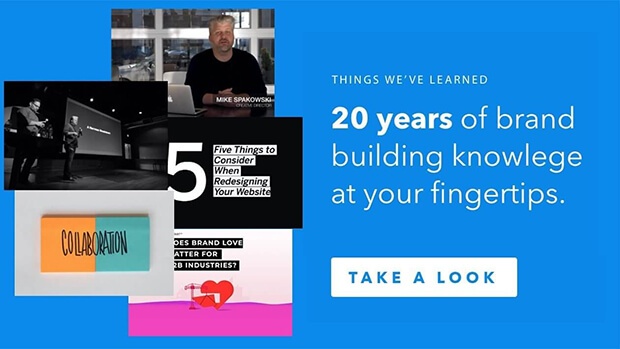Taking the Anxiety Out of Google Ads
The first time I ever built a Google Ad, I was pretty intimidated.
Even if you’ve never made one, you’ve almost certainly seen and clicked on Google Ads—they’re the paid search results at the top (and sometimes bottom) of the page. The Google Ads platform is complicated, with seemingly endless variables to tweak and choices to make. But they can be incredibly rewarding for any business. When done well, Google Ads are a powerful magnet for attracting people looking for your product or service.
I wanted to put off doing Google Ads—but they kept calling my name.
And then they literally called me. Well, emailed. Like magic, an opportunity arose: a 3-day bootcamp led by a Google Ads expert. The instructor was a marketing professional with decades of experience under her belt, many spent at a global media agency that focuses on search advertising. I signed up, armed with a long list of questions, and immersed myself in three long days of all things Google Ads.

The bootcamp eased my Google Ads anxiety. Of course, with an ever-evolving platform, it feels like I’m learning something new every day. But I’m sharing what I’ve learned so that others can sleep easier as they look for ways to reach prospects.
After all, when Google Ads are done right, they work: lower bounce rates, more page views per session, and often more conversions than other sources of web traffic, because the leads are qualified and interested in buying.
First, a quick disclaimer: This list is not exhaustive. (If you’re brand new to Google Ads, there are tons of articles out there that can show you how to set up ads step-by-step.) I’m sharing tips for getting started with Google Ads on the right foot or elevating your existing strategy. Here’s how:
Find your why.
Several of our most-quoted marketing philosophies at Atomicdust come from Simon Sinek. He’s famous for telling people to “find your why,”—before you start marketing your business, you need to know what gets you out of bed in the morning; why you do what you do. Once you know your why, you can use that as the foundation for your branding and marketing.
The idea of “finding your why” is important when it comes to Google Ads too, but for a different reason: strategy.
Why are you making these ads? Do you care more about website views or email sign ups? Are you wanting site visitors that you can retarget on social media, or are you hoping to get people to pick up the phone and call you? Determine what your strategy is and build out your ads from there. Doing anything else to begin with will result in lackluster ad performance.
Scope out the competition.
Before you start writing any copy, figure out what others in the industry are up to.
Do some Google searches based on the words you want to target. See what ads other brands are running—if there are any other brands running ads. If there aren’t, that’s awesome: less competition means cheaper prices.
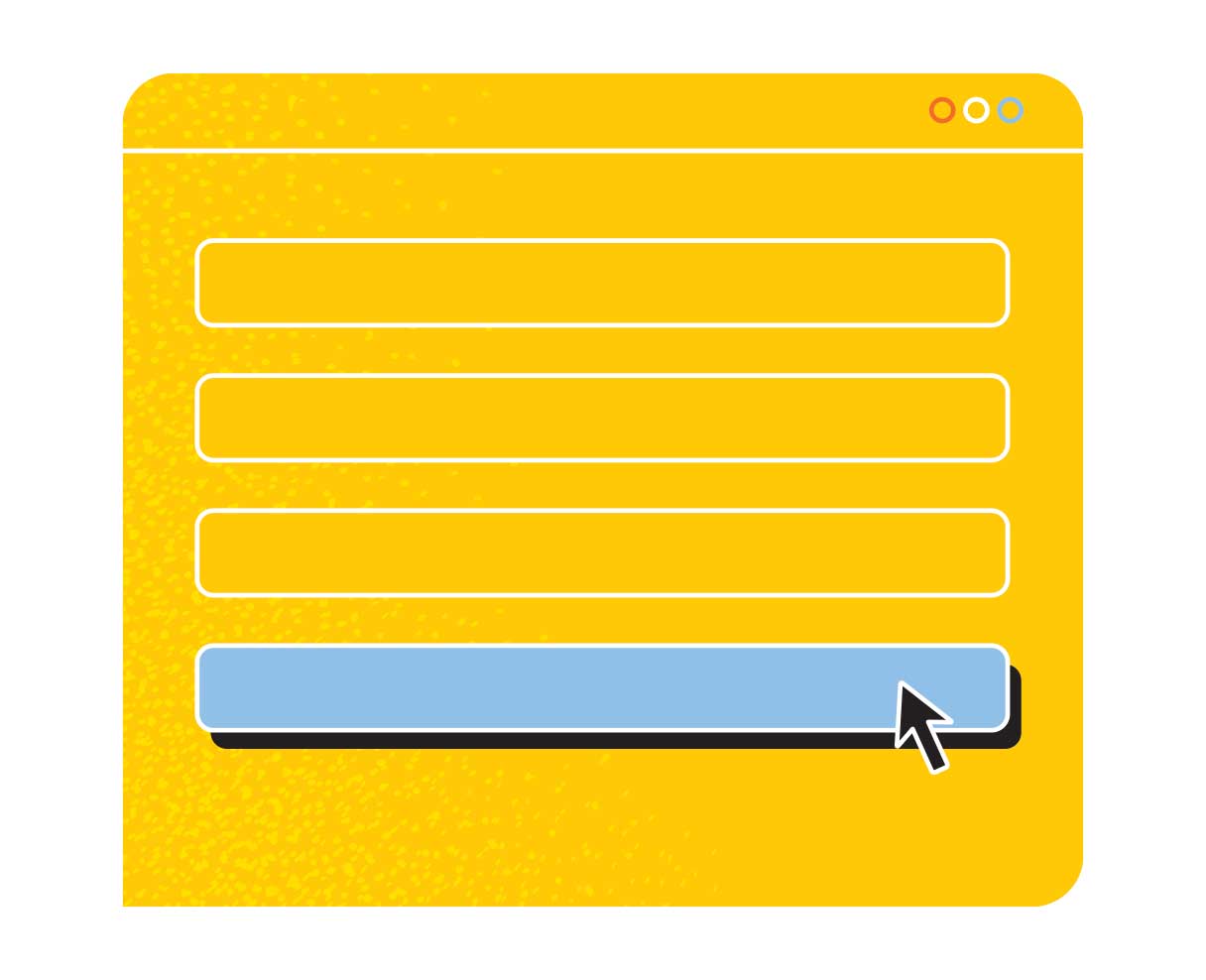
If you do have competition, here’s a perfect opportunity to follow the advice of Marty Neumeier, and zag. Write copy that stands out. See what the other guys say about themselves and say something else about yourself—something better.
Here’s an example. One of Atomicdust’s most common services is website design, and we wanted to reach businesses searching for a web design agency. I did a Google search for “website design agency” and saw generic, buzzword-heavy ads that could have been interchangeable with each other. So we zagged. We wrote a standout headline that’s attention-getting and ownable, and it worked: the ad’s click-through-rate was more than three times the B2B industry average.

Test, test, test.
Think of this one like “location, location, location” is to real estate. Just like other digital marketing platforms, A/B testing is a great way to determine what ad strategies work and which don’t. Before you start writing your ads, determine what you’re going to test, like headlines, body copy, calls to action or landing pages.
Story time: A common “best” practice for Google Ads is to use title case. (Title Case Is When You Capitalize The First Letter of Every Word, Like This.) But that doesn’t work for everything—and sometimes it looks a little spammy. So on a recent Atomicdust campaign, we created two identical ads, except for the capitalization. The ad with sentence case (Sentence case is when just the first word in a sentence is capitalized, like this.) performed much better—a 34% higher click through rate than the ad with title case.
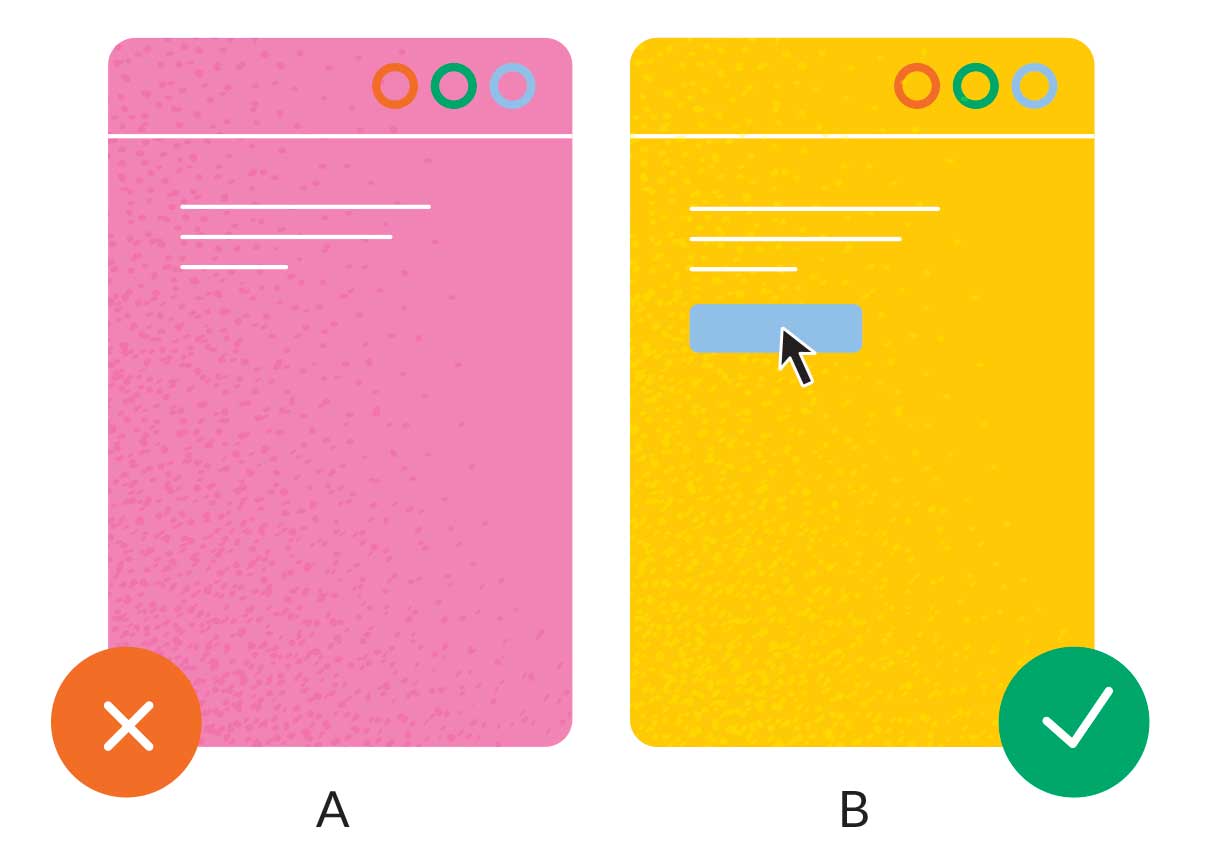
You’ll read a lot of things proclaiming best practices are law. But don’t always believe everything you read. What works for one industry might fail in another. Or sometimes, messages that win one week might fall flat another. Testing is the only way to find the best way forward.
One more thing about testing. When you’re setting up the ads, Google will offer to conveniently serve the best-performing ad the most. However, it bases that decision off of its own guess. And yeah, Google is smart. But test them and see for yourself.
Add some extras.
There’s more to Google Ads than headlines and 180 characters of body copy. The other parts of a Google search ad’s anatomy are also important.
Extensions add information like reviews, landing page links or phone numbers to your ads. Using extensions are beneficial for multiple reasons. First of all, taking advantage of extensions can boost your optimization score and increase your ad’s ranking. They also make your ad take up more space on the screen—meaning people are more likely to see it, read it and click on it. So don’t skimp on the extras.
Embrace the negative.
People on the internet search for some weird things—things that might trigger your keywords but are completely unrelated to what your business offers. That’s why frequently looking at the search terms and adding negative keywords (words that exclude certain search terms) is important, so your ads don’t keep showing up.
Let’s go back to our earlier example about ads for the keyword “website design agency.” Atomicdust builds custom websites that involve a lot of design and strategy. People searching for DIY website design tools like Squarespace aren’t qualified leads for us, so we made sure to add words like “Squarespace” to our negative keyword list. By doing so, we can make sure we’re not wasting money serving ads to those searchers.
Start with a generic list of keywords (like these—taking out any words or phrases that you don’t want to exclude, of course) and check the search terms in Google Ads every day or two to add any that come up.
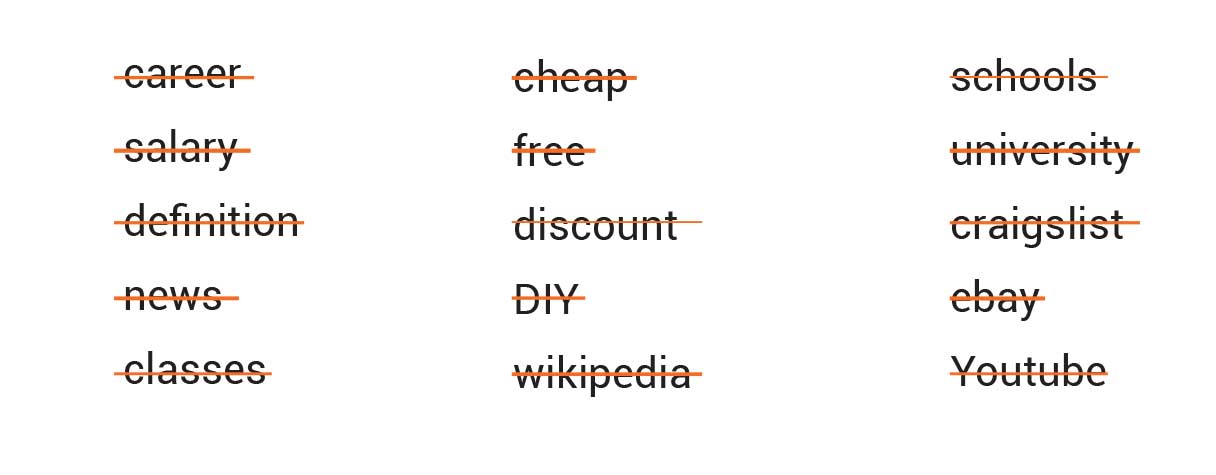
And finally, stay strong.
Once you set up your ads, Google will give you some recommendations to improve your score. Don’t be fooled. Some of these recommendations will help your ads perform better and help you reach your goals, but most of them are helpful to Google (who will profit from you taking the suggestion). If there’s a recommendation that you don’t think will support your brand’s goals, ignore it.
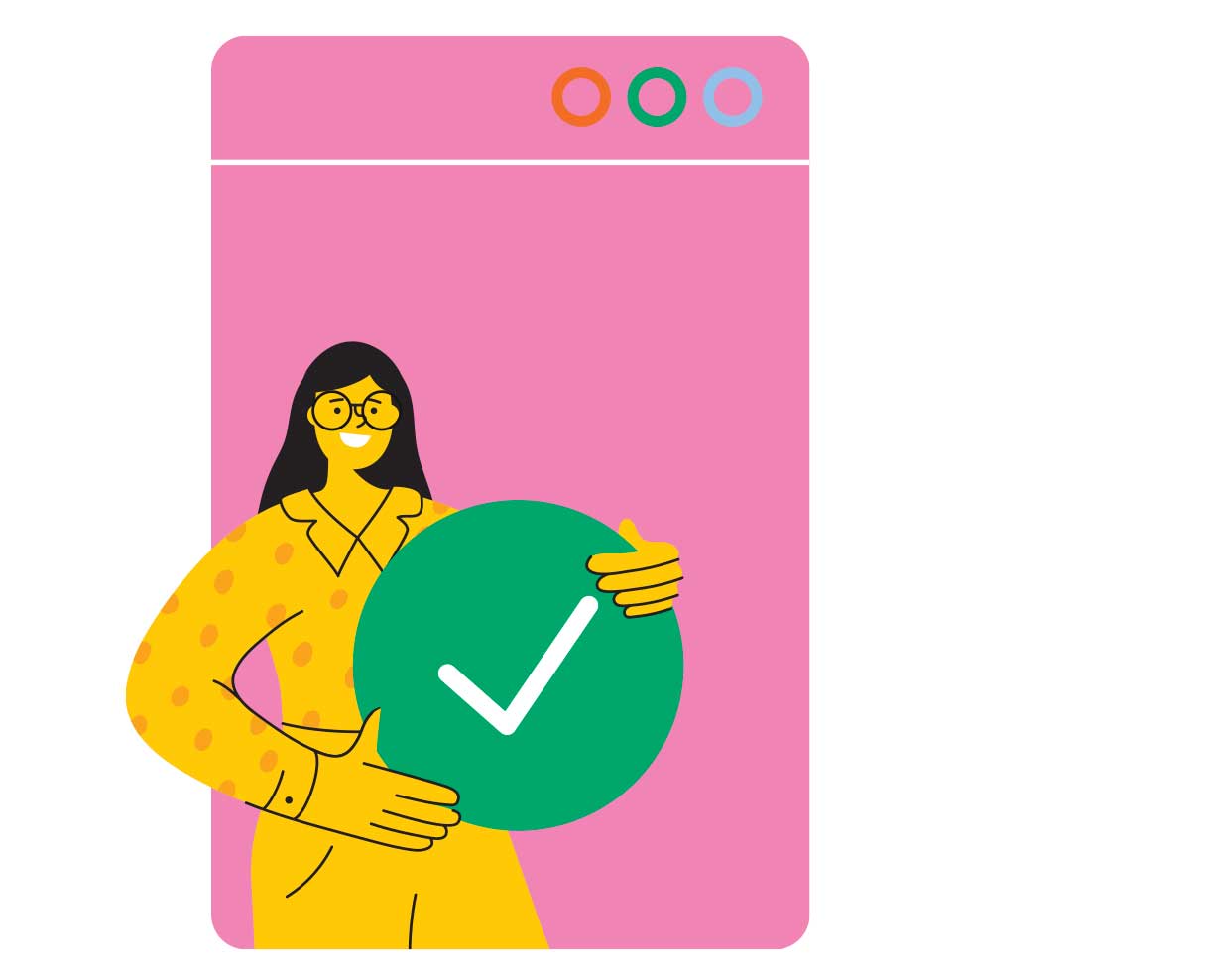
Getting the hang of Google Ads.
While Google Ads can seem intimidating, when done well, the reward is worth it. With these tips and some strategy and time, your brand can use Google Ads to attract more leads and increase conversions. Do your homework, pay attention while your ads run and don’t be afraid to pivot when something works or doesn’t work.
After overcoming my Google Ads anxiety, I’d love to help others do the same. If you have questions about implementing or elevating Google Ads, let’s talk!

